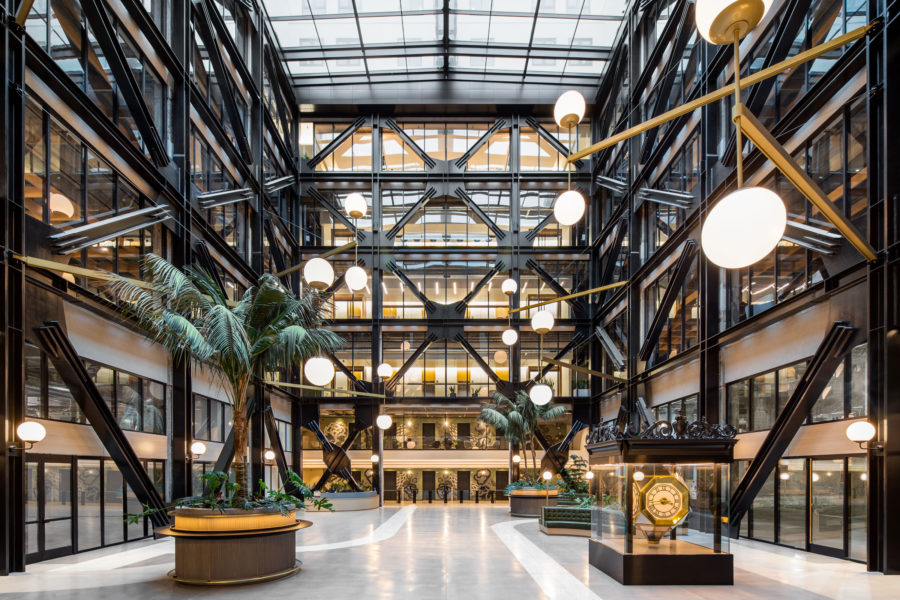Sustainable home construction is not just a trend but a crucial step towards building a greener future. By focusing on environmentally friendly practices and materials, sustainable construction minimizes the impact on the environment, enhances energy efficiency, and promotes healthier living spaces. This comprehensive guide will explore the key aspects of sustainable home construction, providing insights and practical tips for building your eco-friendly dream home.
What is Sustainable Home Construction?
Sustainable home construction involves creating homes that are environmentally responsible and resource-efficient throughout their lifecycle. This includes careful planning, design, construction, operation, and maintenance. The goal is to reduce the overall impact on the environment while ensuring comfort and affordability for homeowners.
Benefits of Sustainable Home Construction
- Reduced Environmental Impact: Minimizes the use of non-renewable resources and decreases pollution.
- Energy Efficiency: Lowers energy consumption and reduces utility bills.
- Improved Indoor Air Quality: Creates healthier living environments by using non-toxic materials.
- Economic Savings: Leads to long-term cost savings through energy and water efficiency.
- Enhanced Market Value: Increases the resale value of the property.
Key Principles of Sustainable Home Construction
1. Site Selection and Planning
Optimal Site Selection

Choosing the right site is the first step in sustainable home construction. Opt for a location that maximizes natural light, reduces the need for artificial heating and cooling, and is close to public transportation and community amenities.
- South-Facing Orientation: Maximizes solar gain in winter.
- Minimal Land Disturbance: Preserves existing vegetation and natural features.
- Proximity to Amenities: Reduces the need for long commutes and promotes a walkable lifestyle.
Efficient Land Use
- Compact Design: Reduces the building footprint and preserves open space.
- Mixed-Use Development: Combines residential, commercial, and recreational spaces to reduce urban sprawl.
- Green Roofs and Walls: Utilize plant-covered surfaces to improve insulation and reduce the urban heat island effect.
2. Energy Efficiency
Passive Solar Design
Passive solar design involves using the sun’s energy for heating and lighting. By strategically placing windows, walls, and floors, you can collect, store, and distribute solar energy in the winter and reject it in the summer.
- Thermal Mass: Materials like concrete or brick that absorb and store heat.
- Insulation: High-quality insulation in walls, roofs, and floors to reduce heat loss.
- Window Placement: South-facing windows to maximize sunlight and minimize energy use.
High-Performance Building Envelope
A high-performance building envelope minimizes energy loss through effective insulation, airtight construction, and energy-efficient windows and doors.
- Double or Triple Glazing: Windows that provide better insulation.
- Continuous Insulation: Prevents thermal bridging and enhances energy efficiency.
- Sealing Air Leaks: Ensures that the building is airtight, reducing energy loss.
3. Renewable Energy Sources
Solar Energy
Solar energy is a renewable and clean source of power. Installing solar panels can significantly reduce reliance on non-renewable energy sources.
- Photovoltaic Panels: Convert sunlight into electricity.
- Solar Water Heaters: Use solar energy to heat water for domestic use.
- Solar Tubes: Bring natural light into interior spaces, reducing the need for artificial lighting.
Wind Energy
In areas with consistent wind patterns, wind turbines can be a viable option for generating renewable energy.
- Small-Scale Wind Turbines: Suitable for residential use, providing supplemental power.
- Vertical-Axis Turbines: Compact and efficient, ideal for urban environments.
4. Water Conservation
Efficient Fixtures and Appliances
Installing water-efficient fixtures and appliances reduces water usage without compromising performance.
- Low-Flow Toilets and Faucets: Significantly reduce water consumption.
- High-Efficiency Washing Machines: Use less water and energy for each load.
- Tankless Water Heaters: Provide hot water on demand without the energy waste of storing heated water.
Rainwater Harvesting
Rainwater harvesting systems collect and store rainwater for non-potable uses such as irrigation and toilet flushing.
- Rain Barrels: Simple systems for collecting roof runoff.
- Cisterns: Larger storage tanks for extensive water collection.
- Permeable Paving: Allows rainwater to infiltrate the ground, reducing runoff and recharging groundwater.
5. Sustainable Materials
Recycled and Reclaimed Materials
Using recycled and reclaimed materials reduces the demand for new resources and minimizes waste.
- Recycled Steel: Uses significantly less energy than producing new steel.
- Reclaimed Wood: Adds character and sustainability to home construction.
- Recycled Insulation: Made from materials like cellulose or denim.
Low-Emission Materials
Choosing materials with low levels of volatile organic compounds (VOCs) and other harmful chemicals improves indoor air quality.
- Low-VOC Paints and Finishes: Minimize indoor air pollution.
- Natural Flooring Materials: Options like bamboo or cork are sustainable and low-emitting.
- Eco-Friendly Adhesives and Sealants: Reduce exposure to harmful chemicals.
6. Waste Reduction
Construction Waste Management
Effective construction waste management involves reducing, reusing, and recycling materials to minimize landfill waste.
- On-Site Sorting: Separates waste for recycling and reuse.
- Prefabrication: Reduces waste by constructing components off-site.
- Deconstruction: Carefully dismantling buildings to salvage materials.
7. Smart Home Technology
Building Automation Systems
Building automation systems (BAS) control and monitor a building’s mechanical and electrical equipment, optimizing energy use and improving comfort.
- Smart Thermostats: Adjust heating and cooling based on occupancy and preferences.
- Automated Lighting: Uses sensors and timers to reduce energy consumption.
- Energy Management Systems: Monitor and optimize energy use in real-time.
Internet of Things (IoT)
IoT devices connect various home systems and appliances, enhancing efficiency and convenience.
- Smart Appliances: Operate efficiently and provide data on usage patterns.
- Connected HVAC Systems: Adjust settings based on real-time data and weather conditions.
- Intelligent Lighting: Adjusts brightness and color temperature based on natural light and occupancy.
Conclusion
Sustainable home construction is a comprehensive approach that incorporates environmentally responsible practices and materials throughout the building process. By focusing on energy efficiency, renewable energy, water conservation, sustainable materials, waste reduction, and smart home technology, you can create a home that is not only eco-friendly but also comfortable and cost-effective. Embracing these principles will help you build a sustainable future while enjoying the numerous benefits of a green home.




